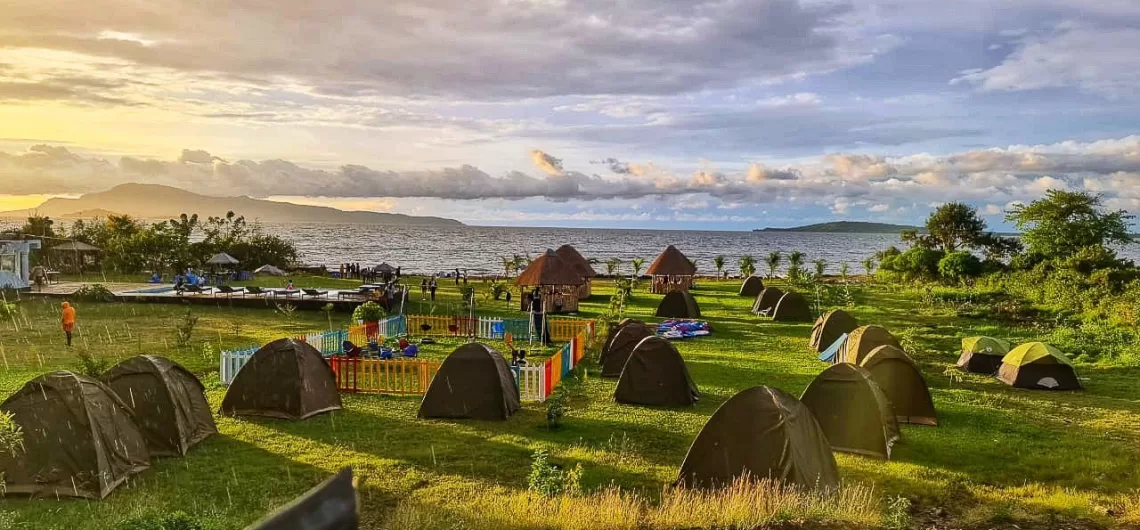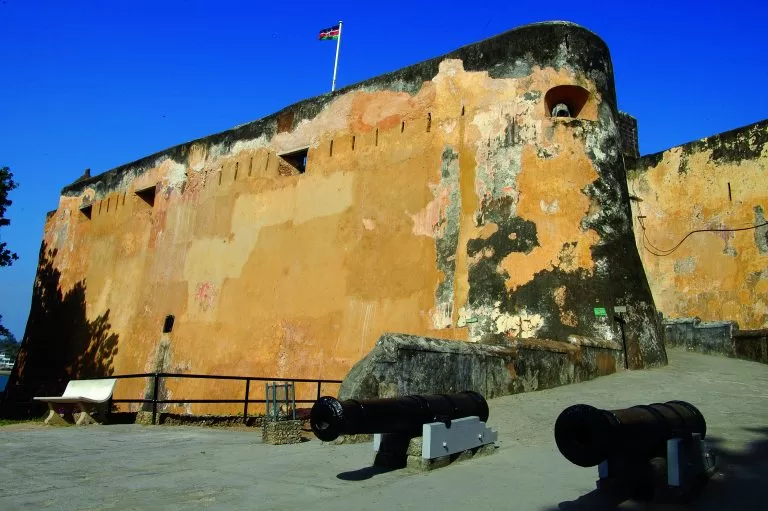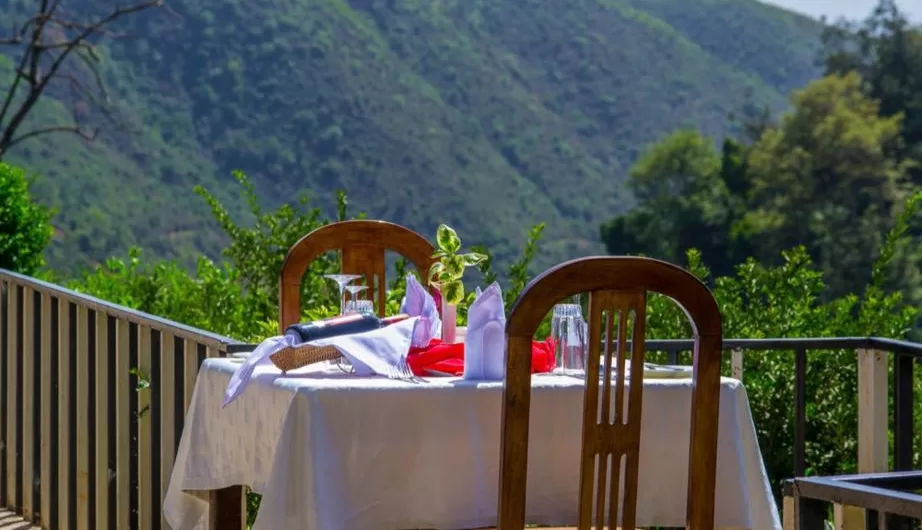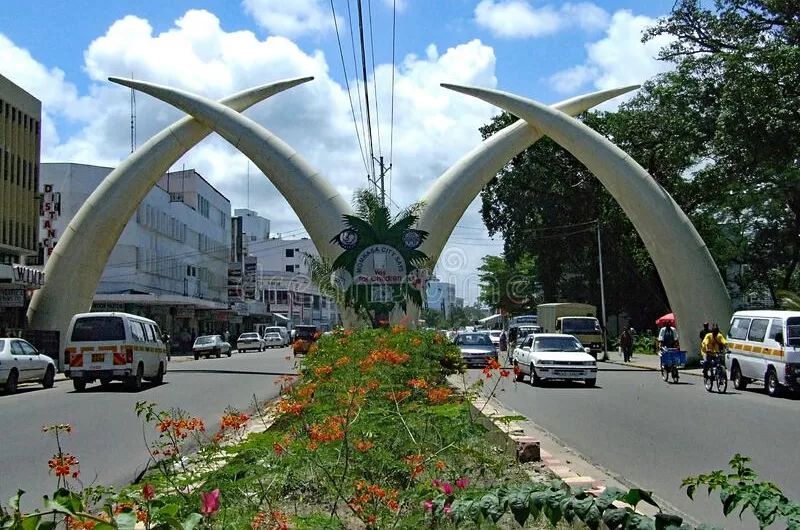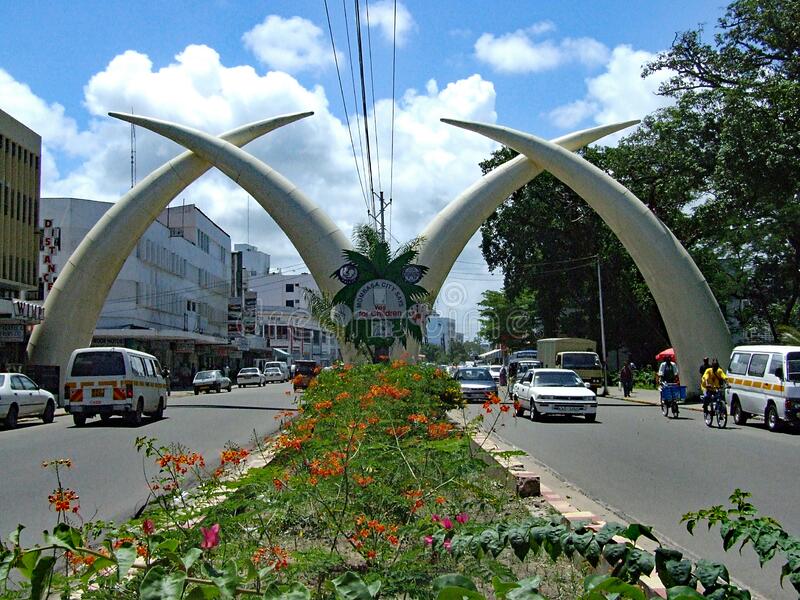Overview Mombasa County is a coastal county located in the southeastern part of Kenya. It covers an area of approximately 212.5 square kilometers and has a population of over 1.2 million people, according to the 2019 census. Its largest city and capital, Mombasa, gives its name to the county and serves as a major economic and cultural hub for the region. The Indian Ocean situates the county. And Kilifi County borders it to the northeast. Kwale County borders it to the south, and the Republic of Tanzania borders it to the southwest. Its beautiful beaches, historical landmarks, and diverse culture are well-known. The majority of the population in Mombasa is of the Mijikenda tribe. Although there are also significant populations of Swahili, Arabs, Indians, and Europeans. The official languages spoken in the county are Swahili and English. The economy of Mombasa County is primarily driven by tourism, with the county receiving over one million visitors annually. The county is also a major transportation hub. With the Port of Mombasa being the largest port in East Africa. And serving as a gateway to other countries in the region. The county government that governs Mombasa County is headed by the governor. And it is divided into six sub-counties, namely Mvita, Nyali, Changamwe, Jomvu, Likoni, and Kisauni. Mombasa County Demographics According to the Kenya National Bureau of Statistics (KNBS) 2019 Census report. The total population of Mombasa County was 1,208,333 people. Out of this population, 605,576 were male, while 602,750 were female. The county has a population density of 4,294 people per square kilometer. Which is higher than the national average of 83 people per square kilometer. The majority of the population lives in urban areas. With the rural population accounting for only 16.5% of the total population. The most widely spoken languages
Overview
Mombasa County is a coastal county located in the southeastern part of Kenya. It covers an area of approximately 212.5 square kilometers and has a population of over 1.2 million people, according to the 2019 census. Its largest city and capital, Mombasa, gives its name to the county and serves as a major economic and cultural hub for the region.
The Indian Ocean situates the county. And Kilifi County borders it to the northeast. Kwale County borders it to the south, and the Republic of Tanzania borders it to the southwest. Its beautiful beaches, historical landmarks, and diverse culture are well-known.
The majority of the population in Mombasa is of the Mijikenda tribe. Although there are also significant populations of Swahili, Arabs, Indians, and Europeans. The official languages spoken in the county are Swahili and English.
The economy of Mombasa County is primarily driven by tourism, with the county receiving over one million visitors annually. The county is also a major transportation hub. With the Port of Mombasa being the largest port in East Africa. And serving as a gateway to other countries in the region.
The county government that governs Mombasa County is headed by the governor. And it is divided into six sub-counties, namely Mvita, Nyali, Changamwe, Jomvu, Likoni, and Kisauni.
Mombasa County Demographics
According to the Kenya National Bureau of Statistics (KNBS) 2019 Census report. The total population of Mombasa County was 1,208,333 people. Out of this population, 605,576 were male, while 602,750 were female.
The county has a population density of 4,294 people per square kilometer. Which is higher than the national average of 83 people per square kilometer. The majority of the population lives in urban areas. With the rural population accounting for only 16.5% of the total population.
The most widely spoken languages in Mombasa County are Swahili and English. Islam is the dominant religion in the county, with over 90% of the population being Muslim.
The median age of the population in Mombasa County is 20 years, which is significantly lower than the national median age of 20.7 years. The county has a relatively young population, with about 68% of the population being below the age of 30 years.
In terms of education, the county has a literacy rate of 79.7%, with the male literacy rate being higher than that of females. The county also has a relatively high poverty rate, with about 33% of the population living below the poverty line.
Mombasa County Population distribution
Proximity to key networks of social and physical infrastructure impacts the county’s population distribution and settlement patterns.
These include roads, housing, water, and power. Security and ease of access to employment possibilities are additional elements that affect how people choose to settle.
Social economic activities
Mombasa County is a coastal county in Kenya that is known for its rich history, beautiful beaches, and vibrant economy. The county has a population of over 1.2 million people and is home to a diverse range of social and economic activities. Some of the key social and economic activities in Mombasa County include:
- Tourism: Mombasa County is a popular tourist destination, thanks to its beautiful beaches, cultural heritage, and wildlife parks. Tourists flock to the county to enjoy activities such as swimming, snorkeling, diving, and game drives. Some of the most popular tourist attractions in Mombasa County include Fort Jesus, Mombasa Marine National Park, and Haller Park.
- The fishing industry in Mombasa County has a large presence, and fishermen catch a majority of the fish that are either sold locally or exported to other countries. The county’s location on the coast makes it an ideal location for fishing, and many local residents rely on fishing for their livelihoods.
- Port operations: The Port of Mombasa is the largest port in Kenya and plays a crucial role in the country’s economy. The port handles a significant amount of cargo, including imports and exports, and provides employment opportunities for thousands of people.
- Trade: Mombasa County is a major hub for trade in East Africa, with many traders importing and exporting goods through the port. The county is also home to several markets, including the famous Kongowea Market, which sells a wide range of goods, from fresh produce to electronics.
- Manufacturing: Mombasa County has a small but growing manufacturing sector, with businesses producing products such as cement, textiles, and processed foods. The county’s location on the coast makes it an attractive location for businesses that rely on imports and exports.
- Agriculture.
- Education.
